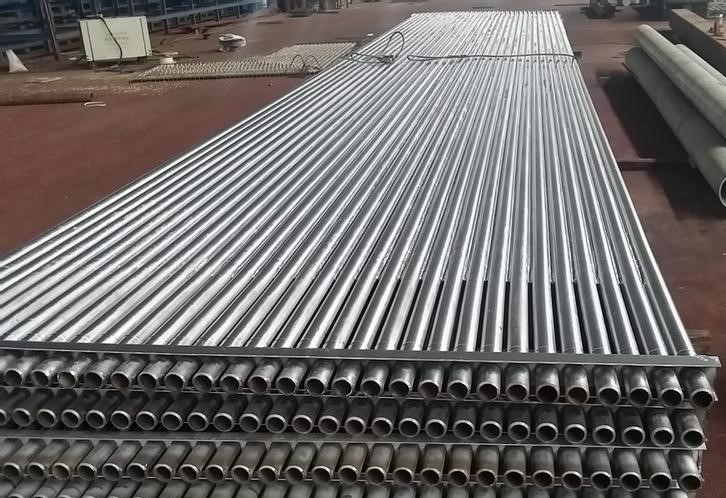What is membrane wall?
A membrane wall is a type of wall used in boilers and other pressure vessels. It consists of thin tubes or flat panels that are welded together to form a barrier between the inside and outside of the vessel. The purpose of the membrane wall is to provide a surface area for heat transfer and to act as a barrier to prevent the escape of fluids or gases under high pressure.
The membrane wall usage and material
In a boiler, the membrane wall separates the combustion chamber from the water or steam that is being heated. The heat from the combustion process is transferred through the wall to the water or steam on the other side, causing it to heat up and turn into steam. The membrane wall also helps to maintain the pressure inside the boiler and prevent leaks or failures.
Membrane walls can be made from a variety of materials, including steel, ceramic, or composites. They are typically designed to be thin and lightweight, yet strong enough to withstand the high pressures and temperatures that occur in industrial processes. The use of membrane walls can increase the efficiency and safety of boilers and other pressure vessels, making them an important component in many industries.
A membrane wall is typically made up of a series of tubes or flat panels that are arranged in a grid pattern. The tubes or panels are often made of steel, and they are welded together to form a continuous barrier that separates the combustion chamber from the water or steam on the other side.
The wall is called a "membrane" because it is designed to be thin and flexible, like a membrane in the body. This allows it to expand and contract as the pressure and temperature inside the vessel change, without cracking or breaking.
The membrane wall serves several important functions in a boiler or pressure vessel.
1.The membrane wall provides a large surface area for heat transfer between the combustion gases and the water or steam. This increases the efficiency of the system, allowing more heat to be transferred from the fuel to the working fluid.
2. The membrane wall acts as a barrier to prevent the escape of fluids or gases under high pressure. This helps to maintain the pressure inside the vessel and prevent leaks or failures.
3. The membrane wall can also help to reduce the amount of pollutants and emissions that are released into the environment. By increasing the efficiency of the combustion process, it can help to reduce the amount of fuel that is required to generate a given amount of power, which in turn reduces the amount of greenhouse gases and other pollutants that are released into the atmosphere.
Overall, the use of membrane walls has become increasingly common in a wide range of industrial applications, including power generation, chemical processing, and oil and gas refining. By providing a reliable and efficient barrier between high-pressure fluids and gases, they help to improve the safety and efficiency of these processes, while also reducing their environmental impact.

Membrane wall |


